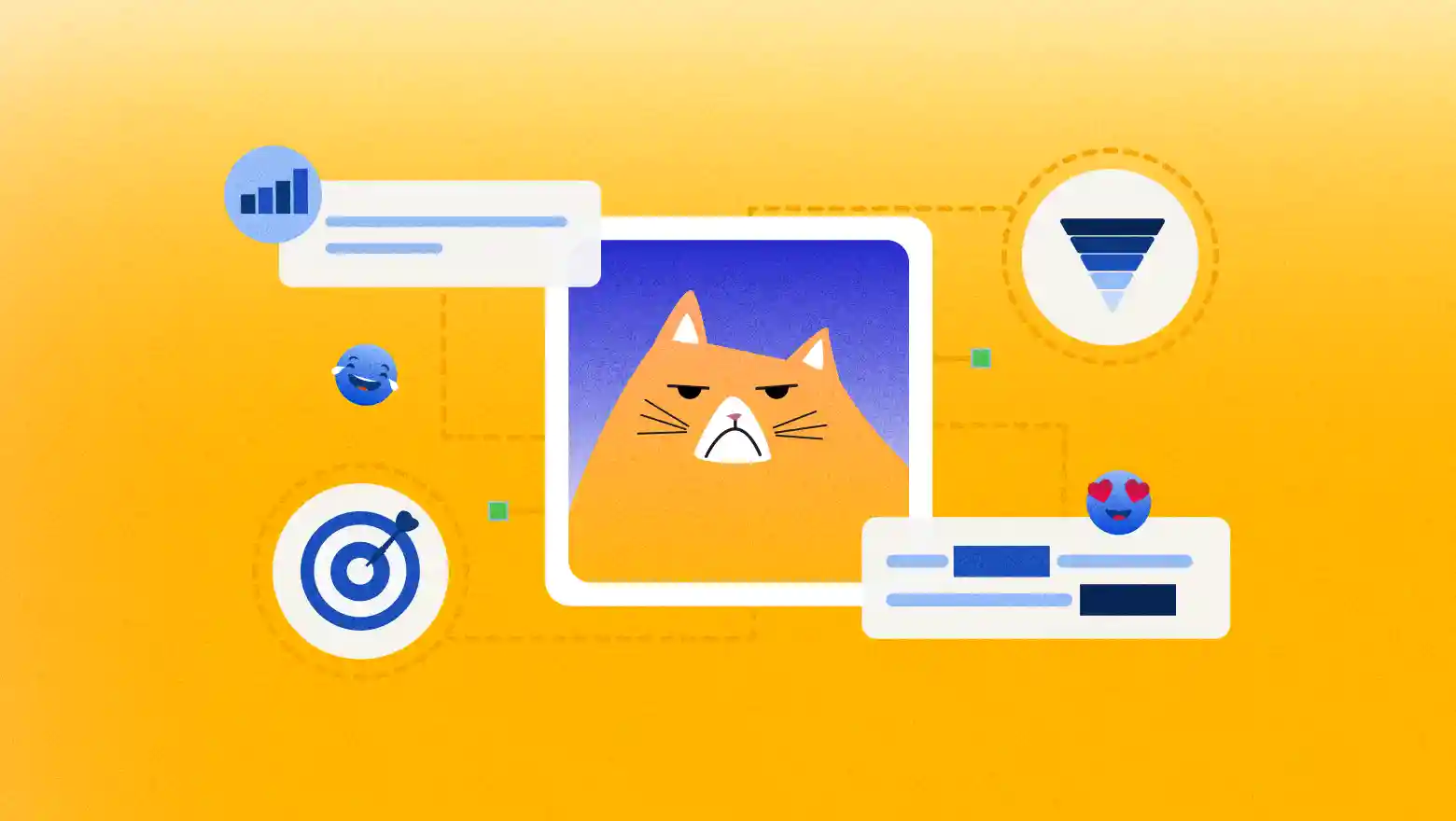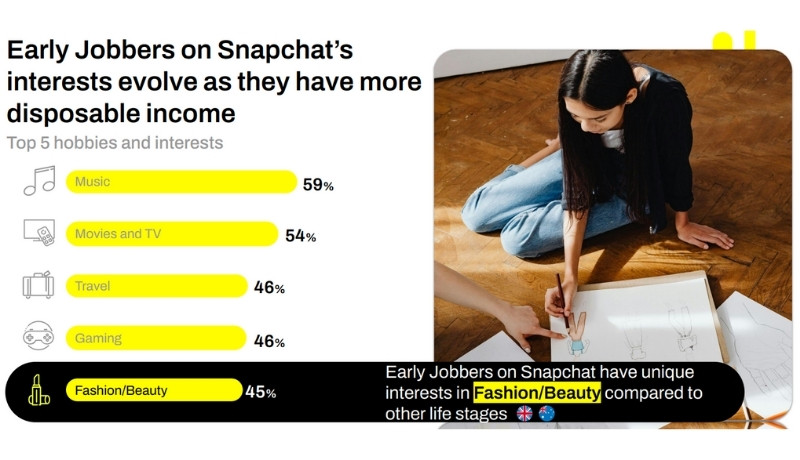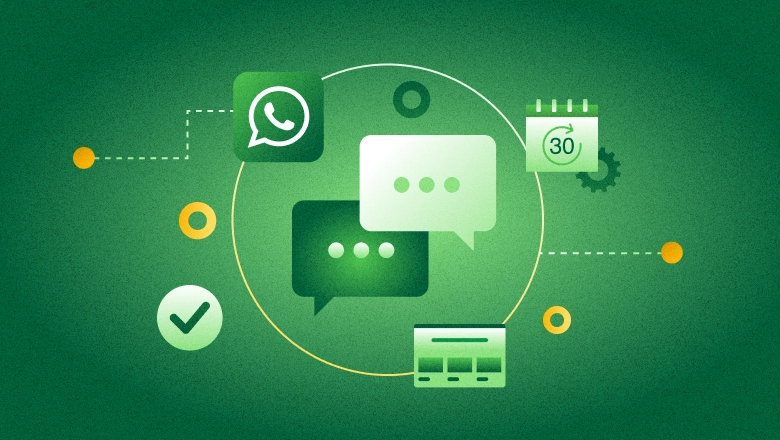Snapchat statistics for 2025: Usage & trends
With so many competing channels, you might wonder if Snapchat is worth a slice of your social media marketing budget and time. It’s tough Read more... The post Snapchat statistics for 2025: Usage & trends appeared first on Sprout Social.

With so many competing channels, you might wonder if Snapchat is worth a slice of your social media marketing budget and time. It’s tough to justify the investment without solid data confirming that Snapchatters are an audience you want to reach and engage.
Snapchat’s biggest differentiator is the highly personal experience it offers. In the app’s unique augmented reality (AR), millions of users chat privately and exchange Snaps with close friends. Explore these Snapchat statistics to get answers on whether Snapchat should be part of your marketing mix.
Snapchat statistics on user demographics
Snapchat users are a distinctive group. You won’t see a lot of overlap with users on other social networks like X (formerly Twitter) or TikTok. That makes Snapchat a valuable avenue for building brand familiarity.
- Snapchat predominantly reaches Gen Z and younger millennials, including specifically 90% of 13- to 24-year-olds and 75% of 13- to 34-year-olds.
- Snapchat has a broad reach across social media demographics in over 25 countries.
- 443 million Snapchatters create, share and enjoy visual content on Snapchat with family and friends every day, making Snapchat a social network focused on sharing real-life content.
- Snapchat currently has more than 850 million monthly active users.
Snapchat offers marketers direct access to Gen Z and millennials, two groups with a combined $5 trillion in spending power.
But how people use the network depends on their stage of life. The 2024 Snapchat-commissioned Alter Agents study, How We Snap, reveals clear patterns in how and why different age groups use Snapchat throughout their day.
Gen Z students from ages 13 to 27:
- 64% have made a purchase influenced by the app.
- 56% have shared an ad with someone.
- 46% use Snapchat in the morning, 1.6 times more than other networks.
- 60% are interested in music, 55% in movies and TV and 52% in gaming.
Gen Z early jobbers from ages 18 to 27:
- 61% have purchased something they saw on Snapchat.
- 56% have shared Snapchat ads with others.
- 46% use Snapchat in the morning, 37% during breaks and 36% in the evening.
- 59% like music, 54% like movies and TV, 46% like travel, 46% like gaming and 45% like fashion and beauty.
Gen X, millennial and Gen Z parents with children under 18 years old:
- 70% have made purchases influenced by Snapchat (the highest purchase-conversion rate).
- 61% have shared ads (the highest ad-sharing rate of any life stage).
- 37% use Snapchat in the morning, 31% during breaks and 36% in the evening.
- 83% use Chat to stay connected with friends and family.
Millennials and Gen X with no children:
- 56% have made purchases influenced by Snapchat.
- 47% have shared an ad on Snapchat.
- 34% use Snapchat in the evening, and 23% at night before bed.
- 59% like music, 59% like movies and TV, 47% like gaming, 43% like travel and 40% like sports.
These social media statistics challenge the common perception that Snapchat’s audience is exclusively young.
Snapchat revenue and forecasts: Is the platform growing?
Snapchat’s 2024 performance reveals that twice as many advertisers use the platform to connect with their audience. Its wildly popular AR capabilities—matched with strong earnings—add up to investments in even better ad tech.
- Snapchat daily active users: 453 million
- Monthly Snaps: Over 1 billion
- Creator posts: +40% from 2023
- Lens videos: Over 200 million in 2024
- Annual revenue: $5.4 million (+16% growth from 2023)
- Net loss: Decreased to $698 million in 2024 (from $1.3 million in 2023)
- Subscription revenue: Increased by 131% from 2023 to 2024
This data is only a snapshot. The actual potential of digital marketing comes into focus when you see how Snapchat’s user base interacts with the app each day.
Snapchat statistics on how users engage
Users open Snapchat nearly 40 times a day to connect with friends, check on an interest or make purchase decisions. While competing social networks tend to encourage passive scrolling, Snapchat thrives on active communication and ongoing discovery.
In this dynamic environment, ads appear within conversations, recommendations are spread through friend networks and shopping is integrated into social interactions. For marketers, this translates to powerful brand recall and buzzy word-of-mouth marketing.
When and why Snapchatters snap
Snapchat’s study with Alter Agents also found that people use Snapchat intentionally for engagement. They open the app for a reason—not to fill their time or mindlessly scroll.
- 40% use the app in the morning, 1.5 times more than all other social media apps.
- 34% use the app during work or school breaks, 1.2 times more than other apps.
- 59% use Snapchat to connect with friends or family, 1.6 times higher than other apps.
- 49% share content with friends or family, 1.4 times more than on other apps.
- 47% use Snapchat for entertainment, and 44% want to see others’ activities.
These engagement patterns highlight the opportunity for marketers and e-commerce brands to integrate Snapchat into their social media content strategy.
The most popular Snapchat features
Snapchat’s most popular products and features—Camera, one-on-one messaging (including downloads) and Stories—cater to private chats and content discovery.
- Chat is Snapchat’s most popular feature, with about 85% of users regularly engaging in one-on-one or group messaging.
- 78% of users engage with the Camera feature, while 69% regularly view their friends’ Stories.
- 45% of users regularly engage with Discover and Snap Map.
- 30% use Spotlight regularly.
- 66% watch their friends’ Stories every day, 52% view creator content, 65% send direct messages and 58% take photos.
- About 60% of users watch videos every day on Snapchat across various features.
- Gen Z users create more content, taking 1.4 times more pictures and sending 1.3 times more messages than older generations.
Snapchat purchase statistics
The shopping behaviors Snapchat users display make them valuable targets for marketers in search of enthusiastic consumers with strong purchase intent. Data shows that Snapchat’s active user base shares purchases, trusts brand recommendations and spends significantly more money than non-users across multiple product categories.
- Snapchat is the #1 app people use to share and chat about what they bought.
- People on Snapchat are 45% more likely to recommend brands to friends.
- Snapchat users are twice as likely to post about a gift after they receive it.
- 88% of Snapchatters say, “I love to shop,” and 82% consider shopping a primary hobby (vs. 59% of non-Snapchatters).
- Snapchatters outspend users on other platforms by 24% on apparel, 17% on beauty, 20% on specialty goods and 143% on household items.
- 63% of Snapchatters report having made a purchase influenced by Snapchat.
This purchase behavior pattern makes Snapchat particularly attractive for brands looking to test new advertising platforms.
Snapchat advertising statistics
Advertising on Snapchat connects businesses to highly engaged users. Snapchatters are 34% more likely to purchase products they see advertised on the app than the same ads they might scroll past on other networks.
Snapchat ad product and format statistics
According to Alter Agents’ research, Snapchatters tend to engage with Snapchat ad formats that feel native to their experience. For example, video ads between Stories and branded AR lenses are particularly effective.
- Over 55% of Snapchatters say they’ve shared an ad from Snapchat with someone else.
- Advertisers who boosted their Event Quality Score (EQS)—Snapchat’s metric to measure how well your conversions are tracking—from “Poor” to “Good” saw a 26% higher return on ad spend (ROAS) and 49% lower cost per impression (CPI).
- Advertisers that use Snap Pixel and Snapchat’s conversion AI (CAPI) have seen a 22% increase in attributed purchases, a 25% increase in how much users spend and an 18% drop in what it costs to land a sale.
Snapchat focuses on improving advertiser performance through nonintrusive ad formats that Snapchatters appreciate, actively engage with and share.
Snapchat augmented reality ads
AR advertising consistently outperforms traditional formats in attention, engagement and conversion metrics. It’s compelling evidence for marketers to reconsider investment priorities.
- AR campaigns generate 2.4 times the ad awareness lift, 1.8 times the brand awareness lift and 1.4 times the brand association lift compared to non-AR ads.
- Lens AR (camera-based digital overlays) delivers 6.4 times higher swipe-to-purchase ratios than commercials. Following best practices boosts application performance monitoring (APM) by 16% for Lenses, 53% for Snap Ads, 41% for Commercials and 10% for Stories.
- Selfie-enabled Lenses reached an APM index of 113 versus 100 for non-sharing Lenses, while conversion indexes show Lenses at 637 versus 100 for Commercials.
- Despite lower AR ad spend ($5.8 billion) versus video spend ($191.4 billion), AR influence (24%) nearly matches video (27%), with Snapchatters 1.2 times more likely to share AR than those on other apps.
- AR commands 12.6 seconds of active attention versus 2.3 seconds for in-feed platforms, driving a 53% short-term brand choice lift and 31% more long-term brand loyalty.
The bottom line on these metrics? Adding AR to your Snapchat strategy can unlock measurable advantages that significantly outperform traditional digital advertising formats.
Snapchat creator ad statistics
Teaming up with creators and influencers through Snapchat ads helps you deliver transparent, authentic content that builds deep brand trust and drives purchase intent. A study conducted with MAGNA, a media investment and intelligence agency, found that users respond most positively to genuine creator engagement that prioritizes “keeping it real” over polished perfection.
- Creator marketing spend is projected to reach $5.8 billion in 2024.
- 87% of users are open to brand-sponsored creator content.
- Snapchatters are 16% more receptive to sponsored creator content than non-Snapchatters.
- 57% want creators to portray realistic lives.
- 89% value sponsored content disclosure.
- 67% trust creators more when they’re upfront about partnerships.
- 63% are more likely to engage with brands through transparent creators.
- Creators with the most engagement express honesty (67%), authenticity (61%) and knowledge (60%).
- Snapchat creators are perceived as 7% more genuine than creators on other platforms.
- 51% of users are interested in researching products from authentic creator content.
- 49% of users are interested in purchasing products from authentic creator content.
These numbers tell a pretty compelling story. To forge genuine, meaningful connections with Snapchatters, marketers should prioritize authentic creator collaborations.
Sprout Social can help you measure Snapchat efforts
Snapchat isn’t just another Gen Z social media app—it’s a preview of marketing’s future. In this unique space, you can create truly interactive experiences, engage your audience with AR and deliver messages that are more personal than promotional.
With Sprout Social, you can track influencer campaigns, measure ad performance and uncover engagement insights to optimize your Snapchat marketing strategy. Start your free 30-day trial today.
The post Snapchat statistics for 2025: Usage & trends appeared first on Sprout Social.


















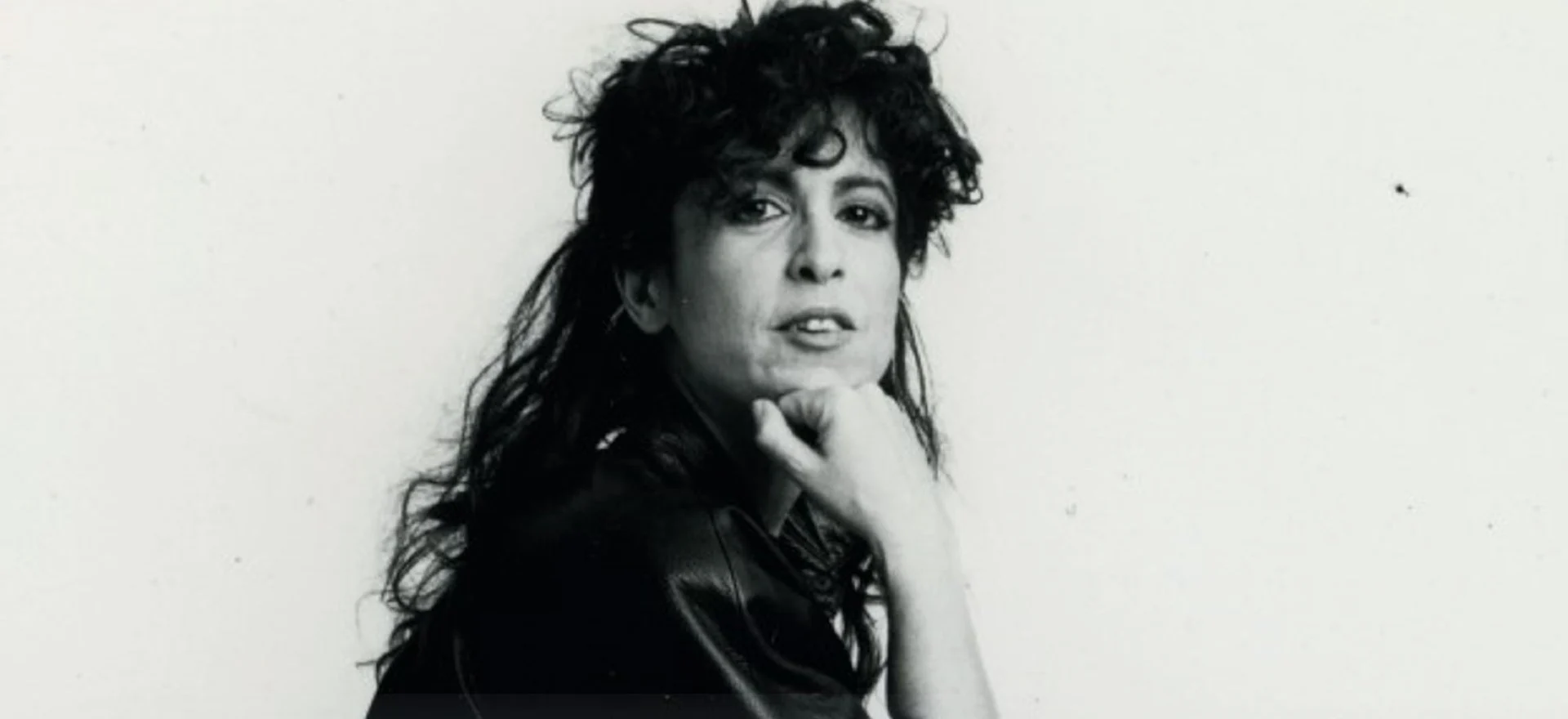
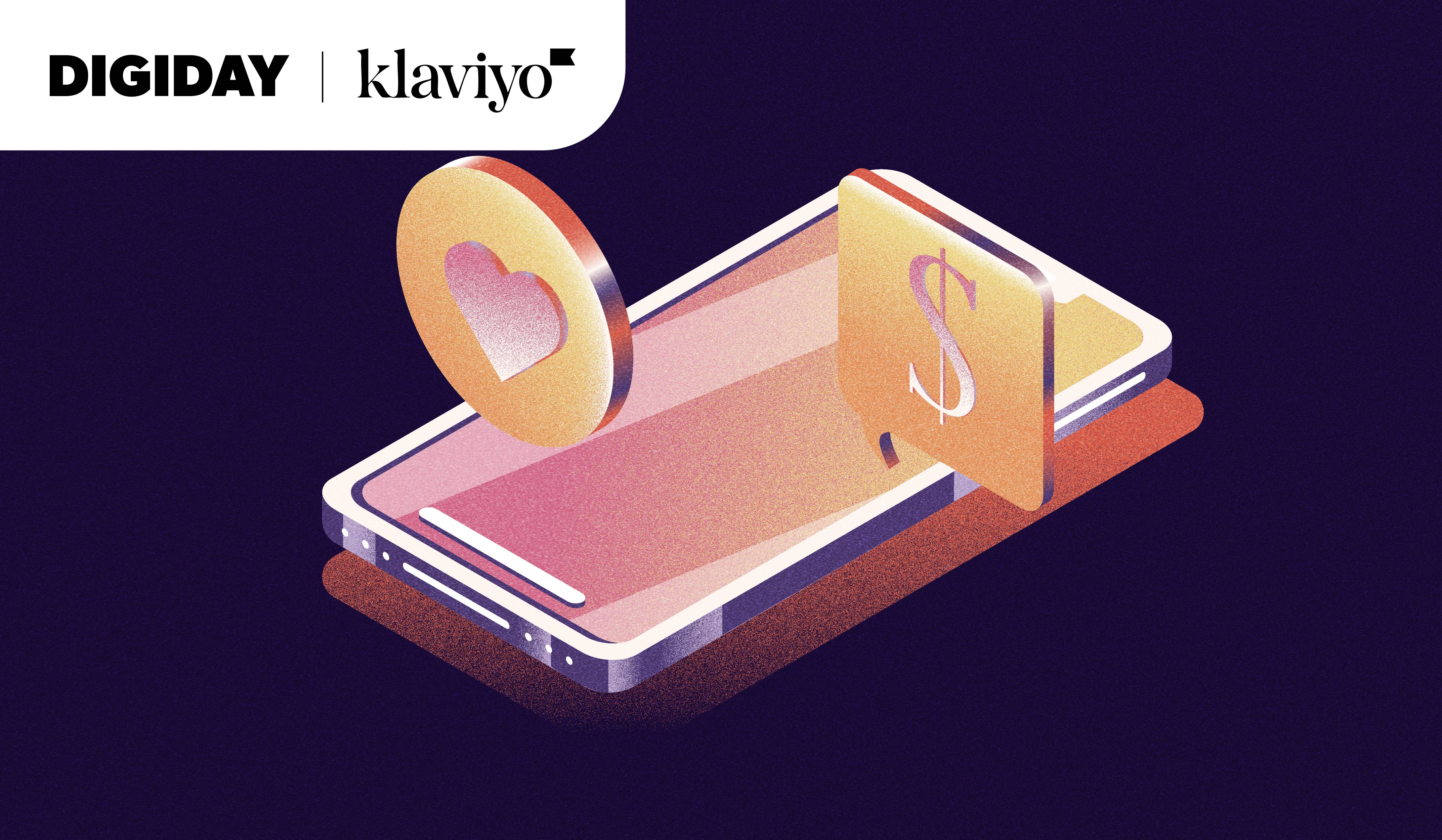




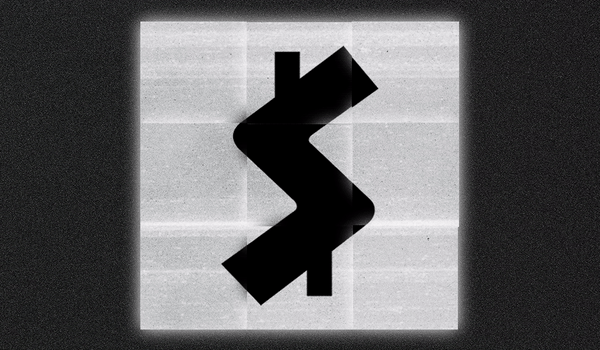

![How To Drive More Conversions With Fewer Clicks [MozCon 2025 Speaker Series]](https://moz.com/images/blog/banners/Mozcon2025_SpeakerBlogHeader_1180x400_RebeccaJackson_London.png?auto=compress,format&fit=crop&dm=1750097440&s=282171eb79ac511caa72821d69580a6e#)

![Brand and SEO Sitting on a Tree: K-I-S-S-I-N-G [Mozcon 2025 Speaker Series]](https://moz.com/images/blog/banners/Mozcon2025_SpeakerBlogHeader_1180x400_LidiaInfante_London.png?auto=compress,format&fit=crop&dm=1749465874&s=56275e60eb1f4363767c42d318c4ef4a#)

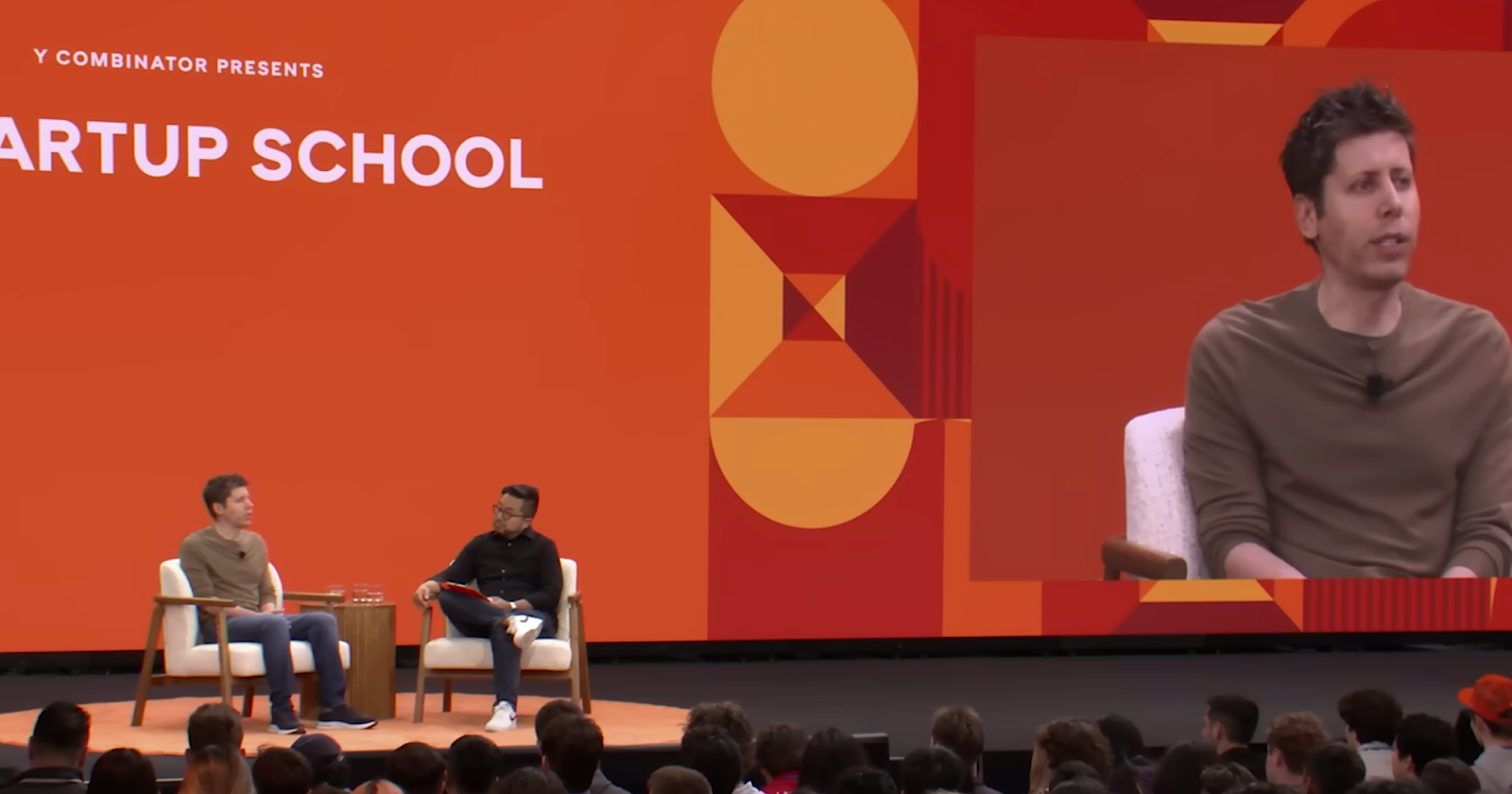

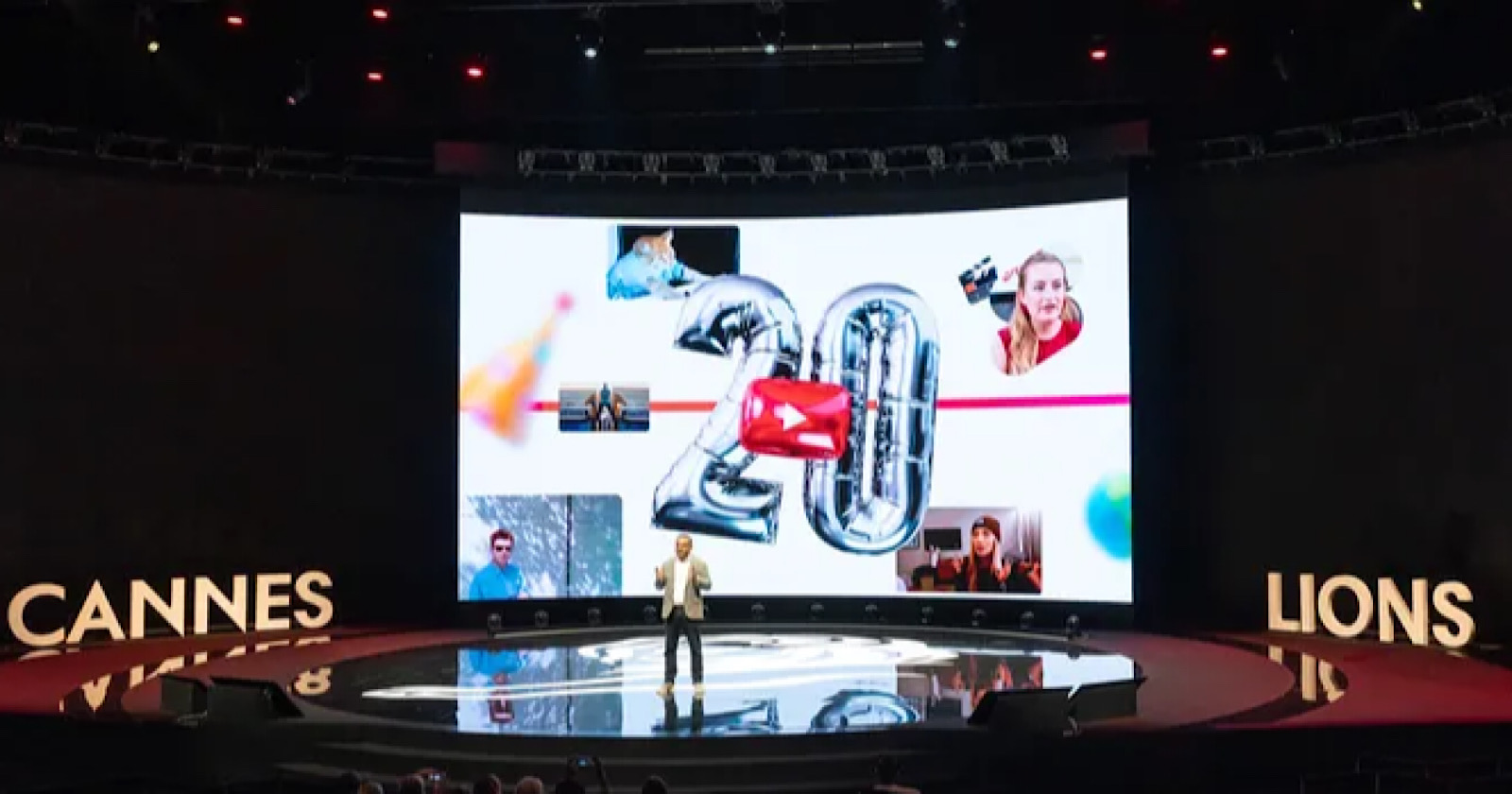



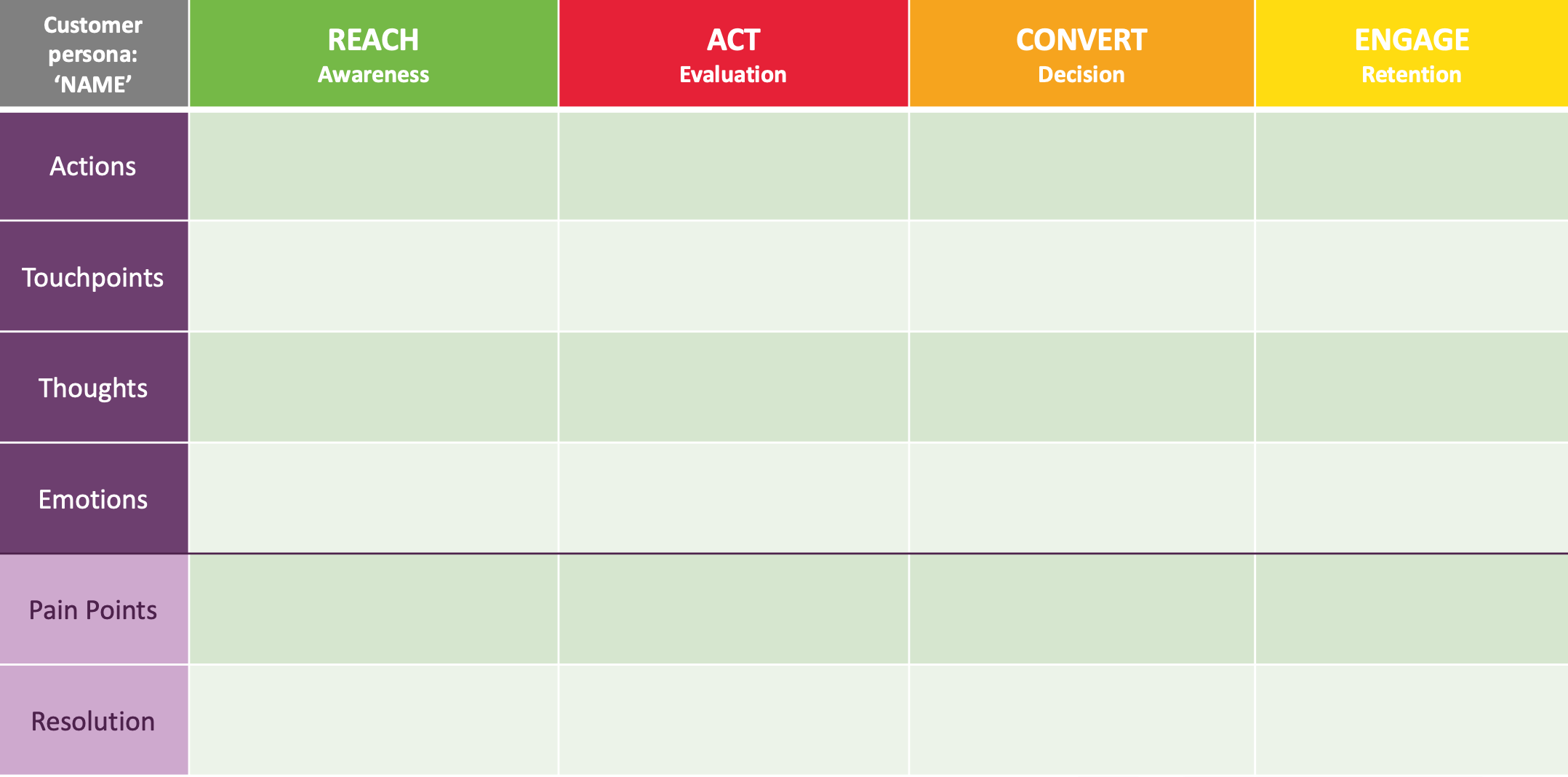















![The 11 Best Landing Page Builder Software Tools [2025]](https://www.growthmarketingpro.com/wp-content/uploads/2024/04/best-landing-page-software-hero-image-1024x618.png?#)


































![How Google’s AI Mode Compares to Traditional Search and Other LLMs [AI Mode Study]](https://static.semrush.com/blog/uploads/media/86/bc/86bc4d96d5a34c3f6b460a21004c39e2/f673b8608d38f1e4be0316c4621f2df0/how-google-s-ai-mode-compares-to-traditional-search-and-other-llms-ai-mode-study-sm.png)

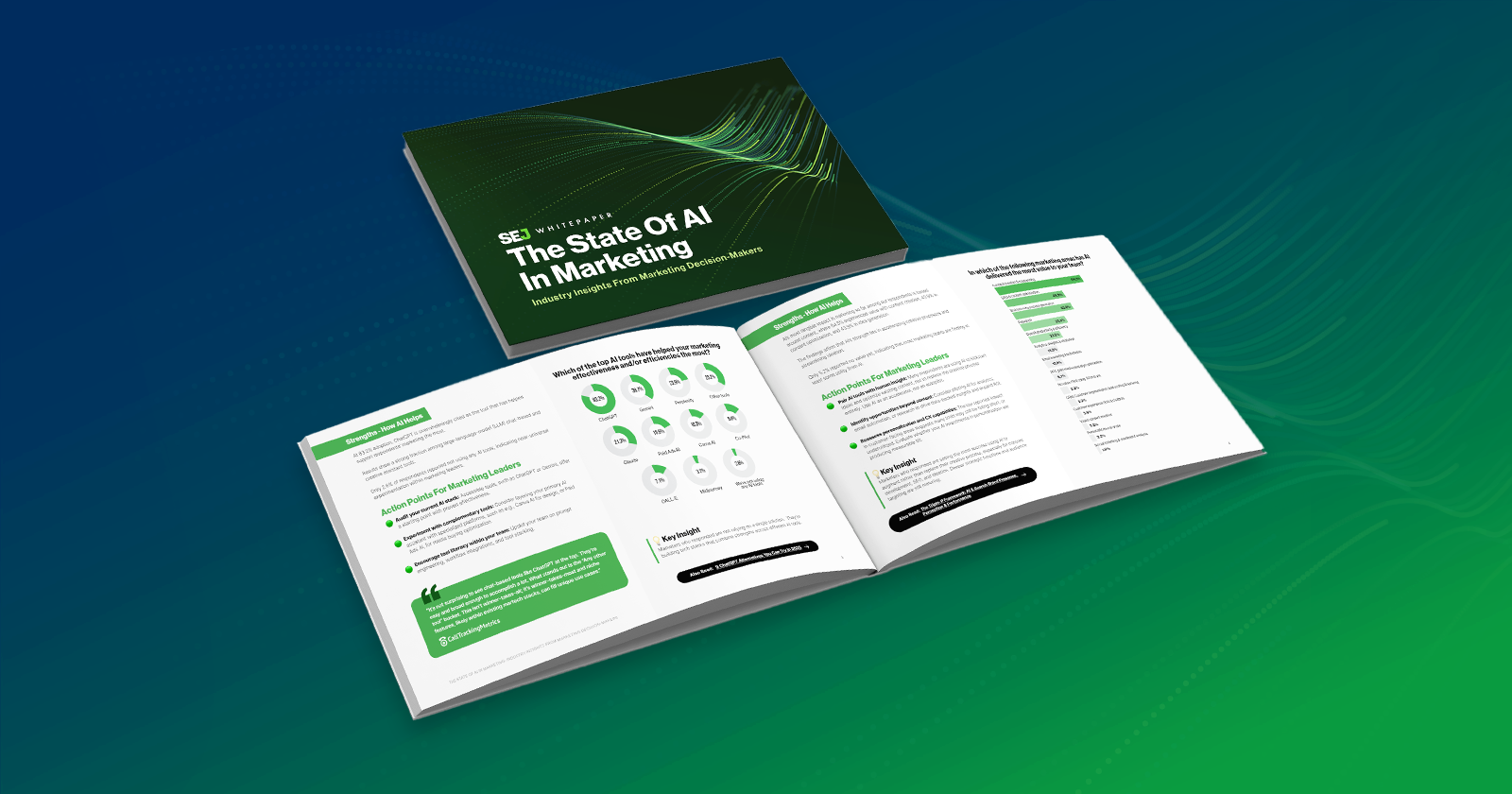
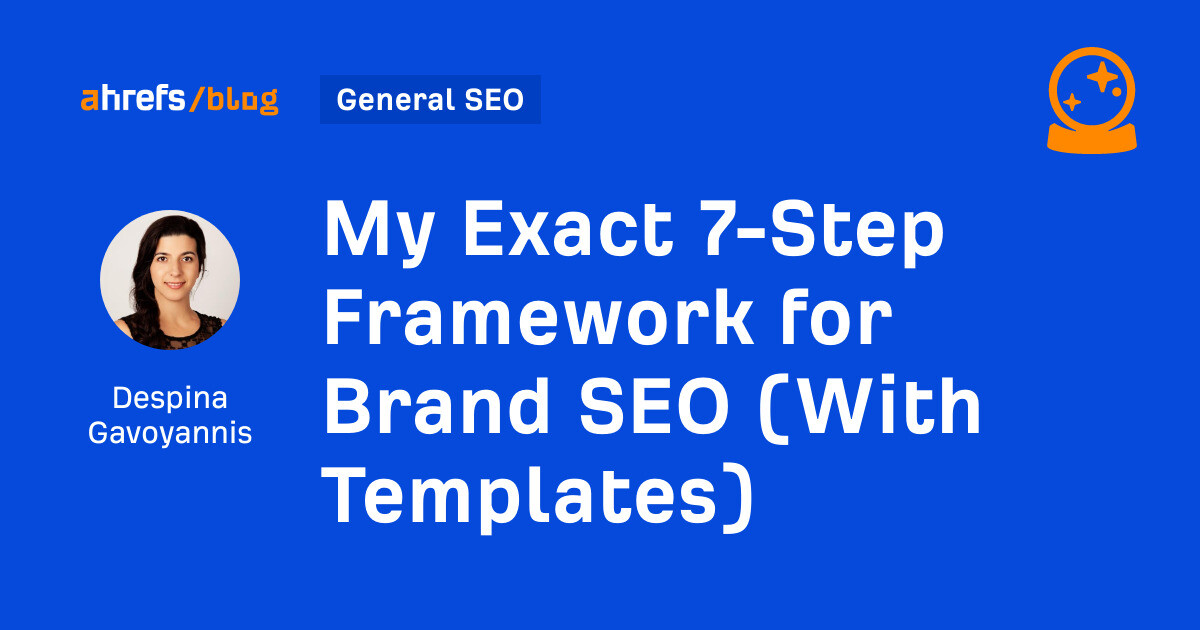



![How to Create an SEO Forecast [Free Template Included] — Whiteboard Friday](https://moz.com/images/blog/banners/WBF-SEOForecasting-Blog_Header.png?auto=compress,format&fit=crop&dm=1694010279&s=318ed1d453ed4f230e8e4b50ecee5417#)
![How To Build AI Tools To Automate Your SEO Workflows [MozCon 2025 Speaker Series]](https://moz.com/images/blog/banners/Mozcon2025_SpeakerBlogHeader_1180x400_Andrew_London-1.png?auto=compress,format&fit=crop&dm=1749642474&s=7897686f91f4e22a1f5191ea07414026#)
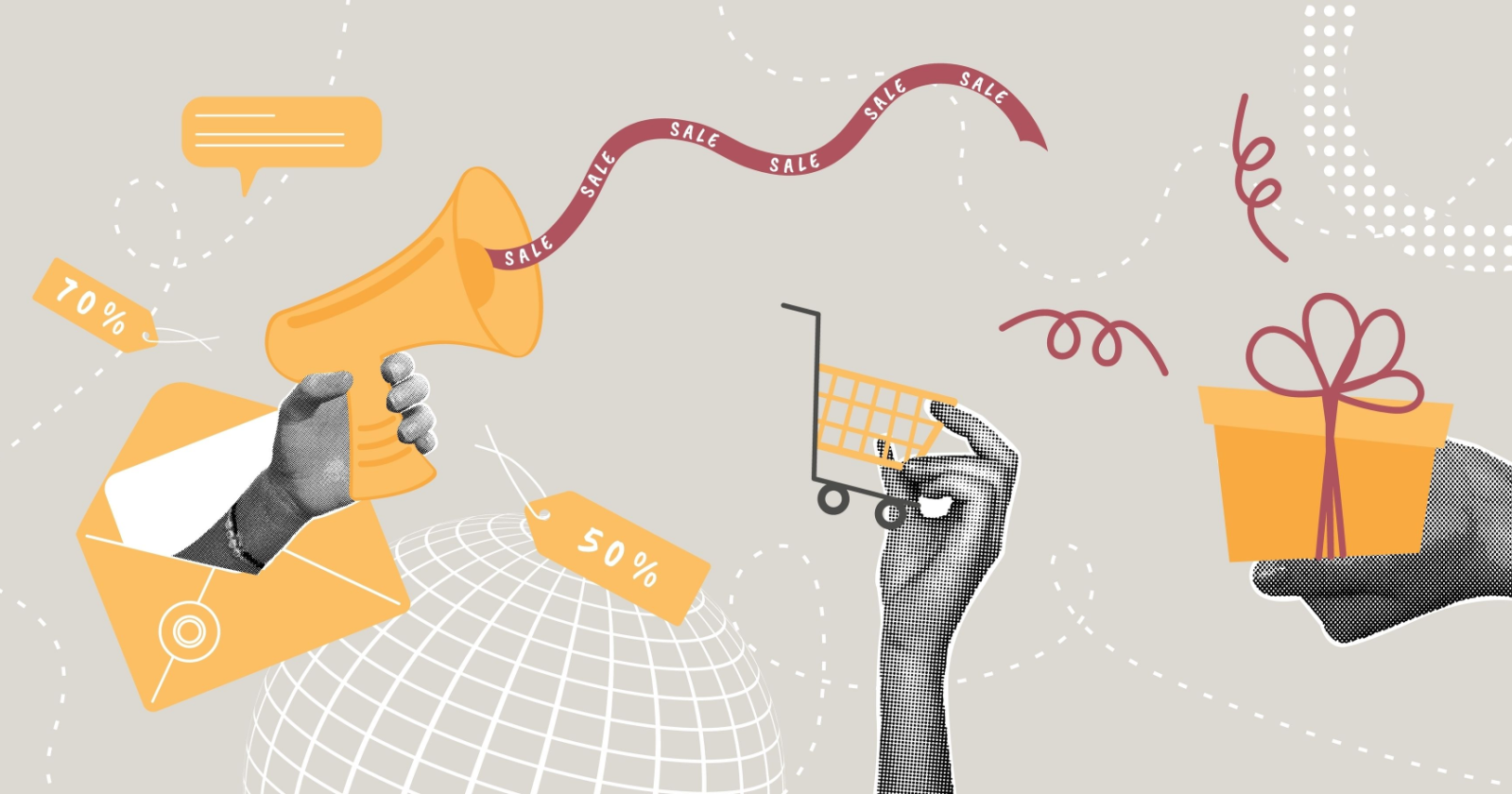

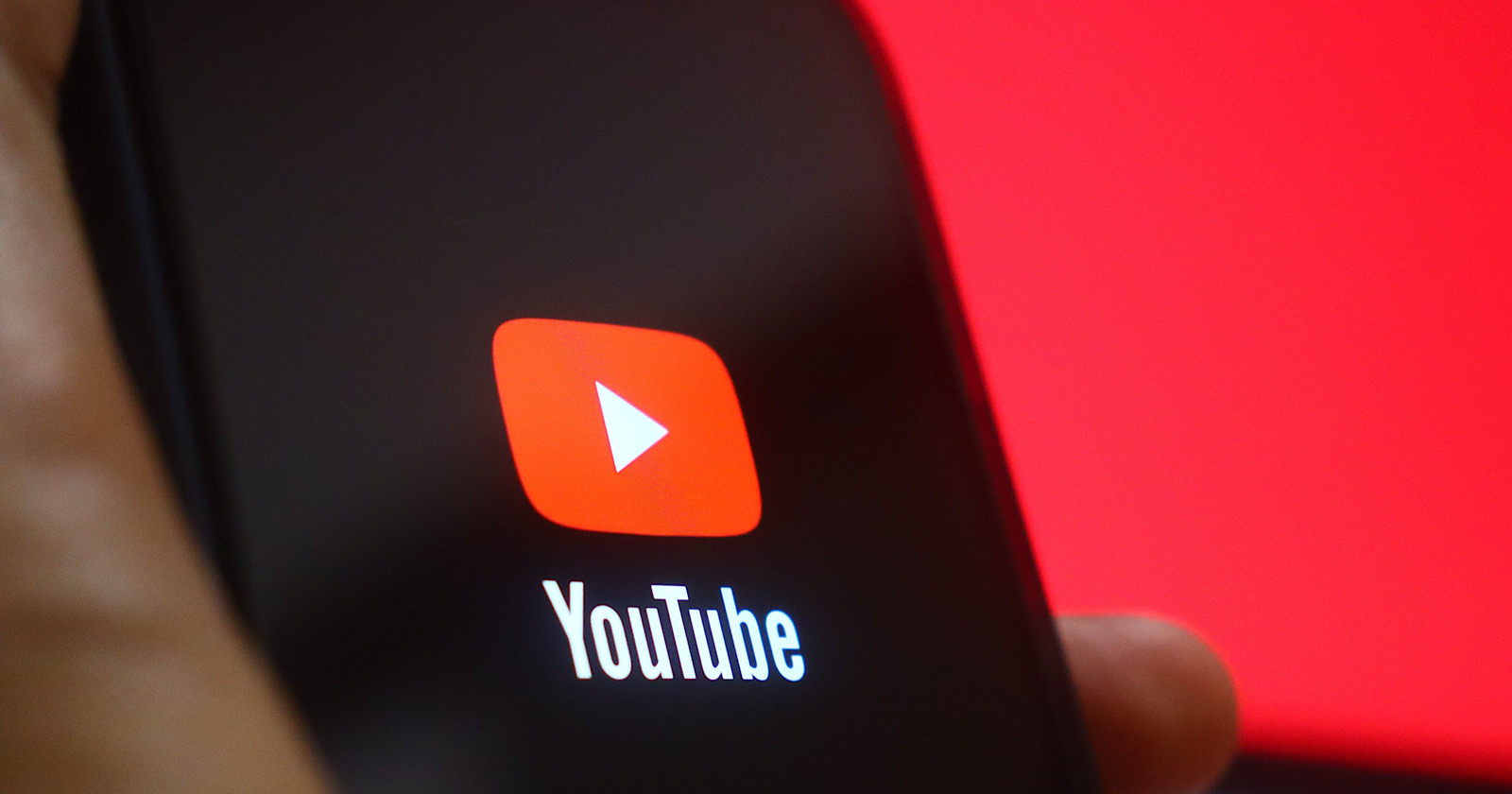







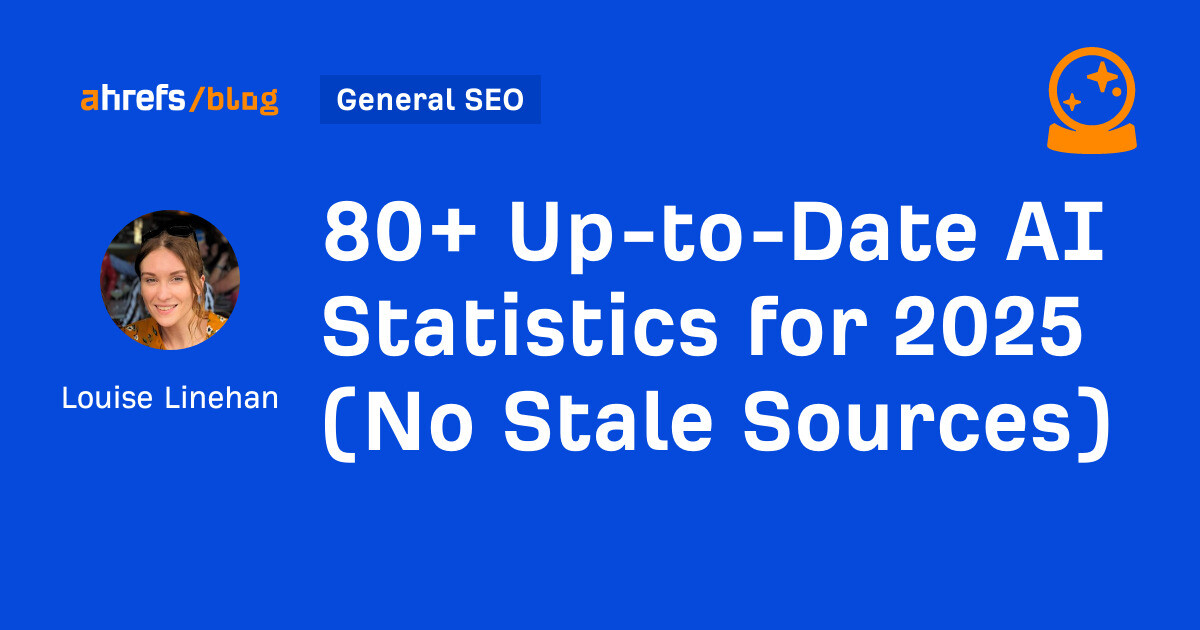



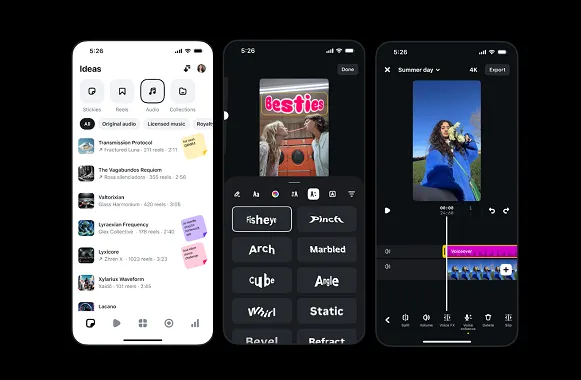

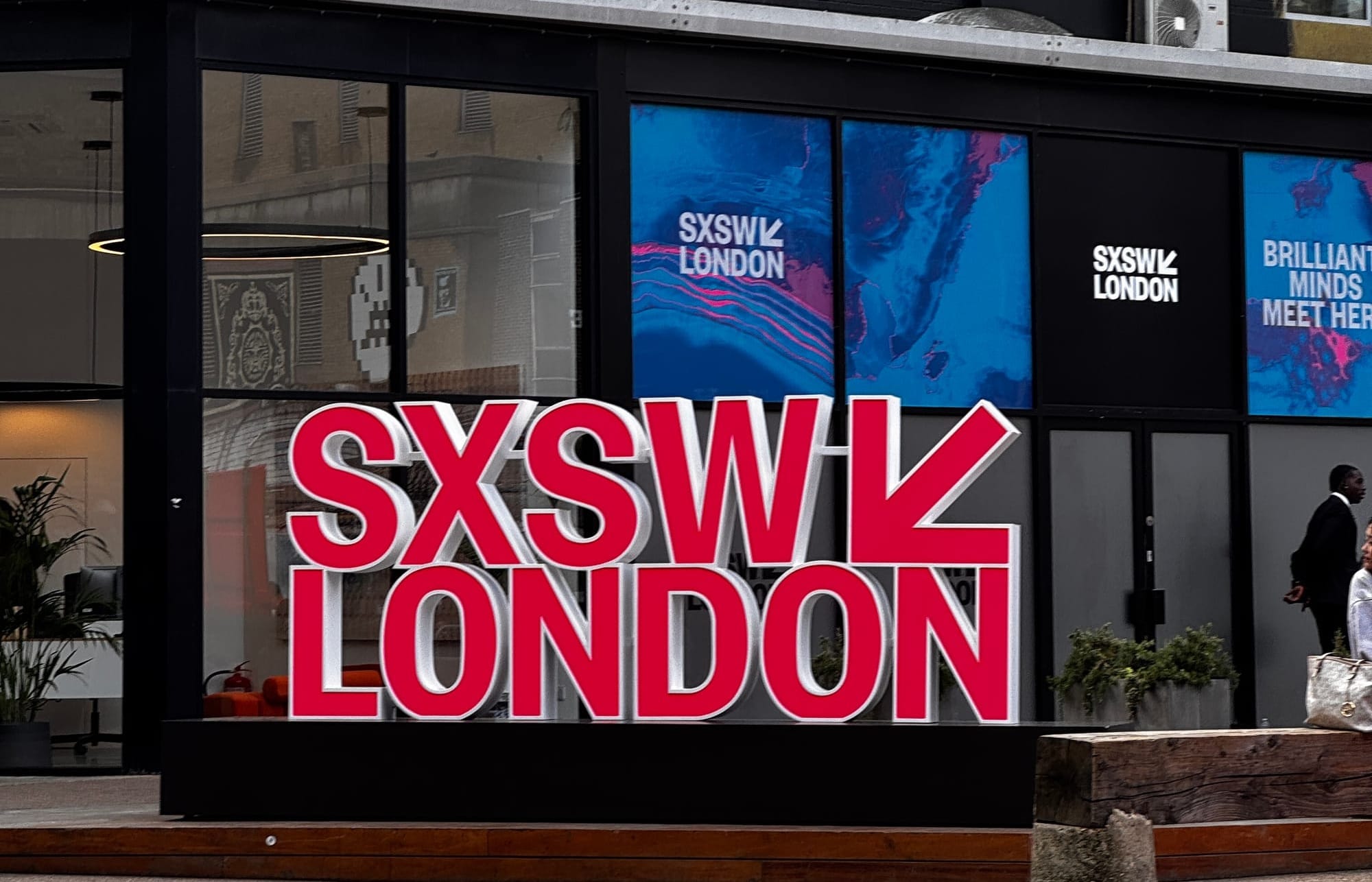


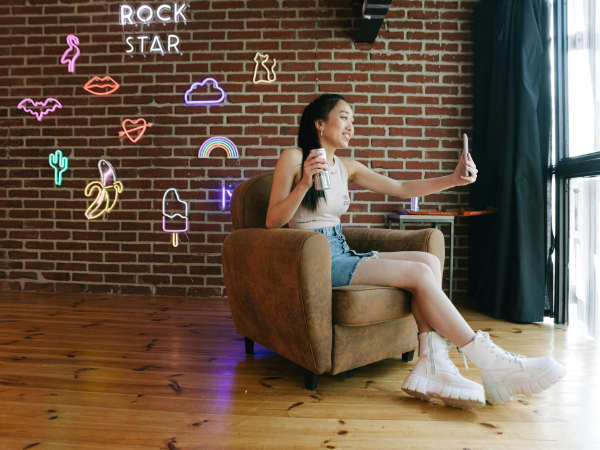




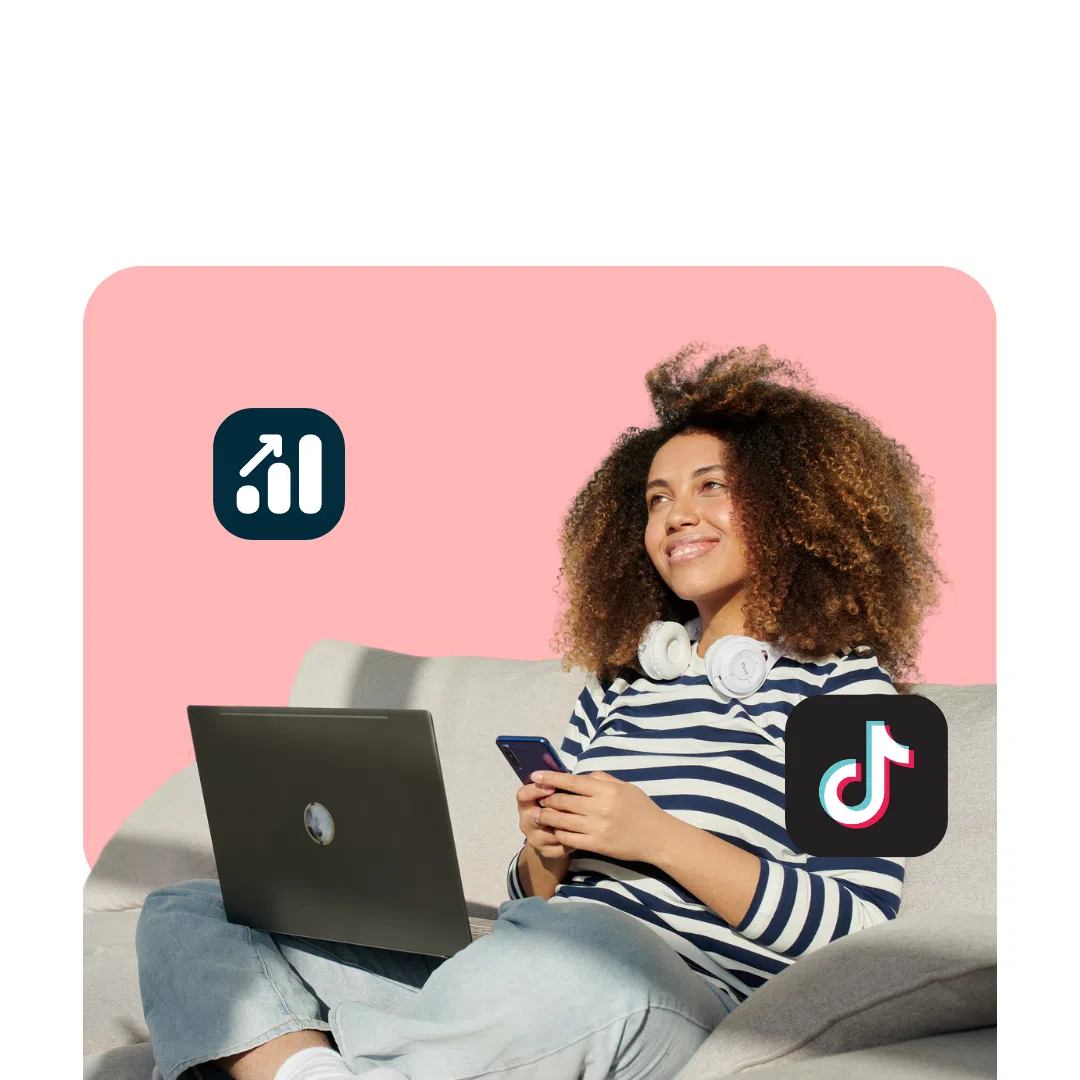

![Brand pitch guide for creators [deck and email templates]](https://blog.hootsuite.com/wp-content/uploads/2022/06/brand-pitch-template.png)

















